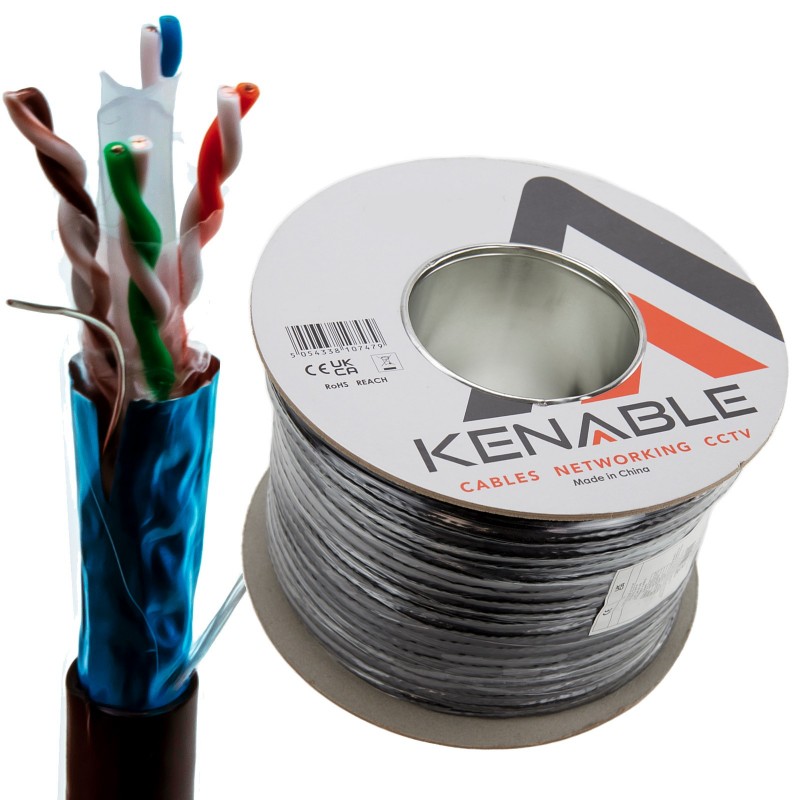LHensh
DIY
- Reaction score
- 0
I have bought a TP Link Home Plug kit to try and get internet in my garage.
The kit works fine in the house but unfortunately I get no connection in the garage.
The garage is on its own circuit, however from what I have read online this shouldn't cause any issues.
Could it be the fuse box in the garage (see photo attached) that is causing the issue? If so how easily can these be replaced/upgraded?
Is there anything else that could be causing me to not get any connection in the garage?
The kit works fine in the house but unfortunately I get no connection in the garage.
The garage is on its own circuit, however from what I have read online this shouldn't cause any issues.
Could it be the fuse box in the garage (see photo attached) that is causing the issue? If so how easily can these be replaced/upgraded?
Is there anything else that could be causing me to not get any connection in the garage?










